America is a vast country with plenty of things to see and do. Whether you’re a first-time visitor or a seasoned traveler, there are some tips you need to know before visiting America. You should know these basics before embarking on your journey to the United States.
And since we have experience sending auto transport, we’ll cover everything from transportation and accommodation to food and culture. So, whether you’re planning a road trip across the country or just spending a few days in New York City, make sure you read this post.
Know the Language
 America is an English-speaking country, but that doesn’t mean everyone speaks the same dialect. There are regional variations in the language that can be confusing for outsiders. For example, people in the South tend to speak with a drawl and use different words than people in the Northeast.
America is an English-speaking country, but that doesn’t mean everyone speaks the same dialect. There are regional variations in the language that can be confusing for outsiders. For example, people in the South tend to speak with a drawl and use different words than people in the Northeast.
If you’re not confident in your English skills, it’s good to brush up before your trip. You can also learn some key phrases in the local dialect to help you get by.
Get Your Paperwork in Order
Before you visit America, you need to ensure you have all the necessary paperwork. If you’re a citizen of a foreign country, you will need to get a visa before entering the United States. The process can take several months, so you should start early.
You will also need to have a valid passport and proof of insurance. If you’re renting a car, you may need an International Driving Permit. Be sure to check the requirements of your rental company before your trip.
Prepare for the Cost
America is one of the most expensive countries to visit. The cost of food, accommodation, and activities can add up quickly. If you’re on a budget, you’ll need to be mindful of your spending. It’s better to use the bus, but no one is stopping you if you want to ship your own car if you want to study there.
There are ways to save money while traveling in America. For example, you can cook your own meals instead of eating out all the time. Couchsurf or camp instead of staying in a hotel. Plenty of ways.
Be Respectful of the Culture
 America is a melting pot of cultures, so it’s essential to respect the people you meet while traveling. There are many different customs and traditions that you may not be familiar with. If you’re unsure about something, it’s always best to ask.
America is a melting pot of cultures, so it’s essential to respect the people you meet while traveling. There are many different customs and traditions that you may not be familiar with. If you’re unsure about something, it’s always best to ask.
And that’s it. These are the basics you need to know before visiting America. With a bit of preparation, you’ll be ready to explore all the United States has to offer.
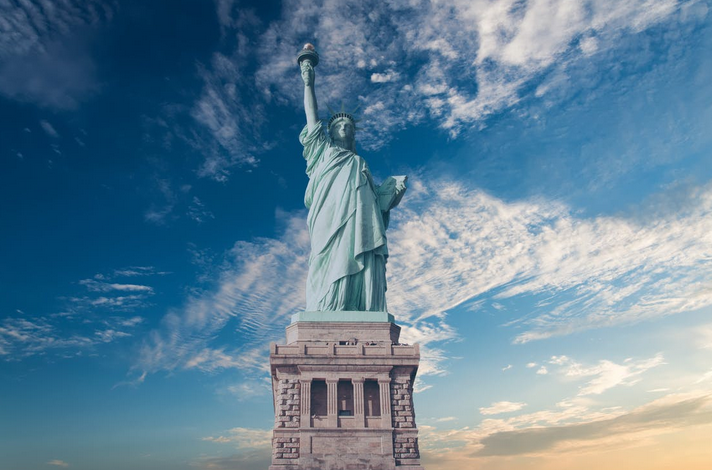
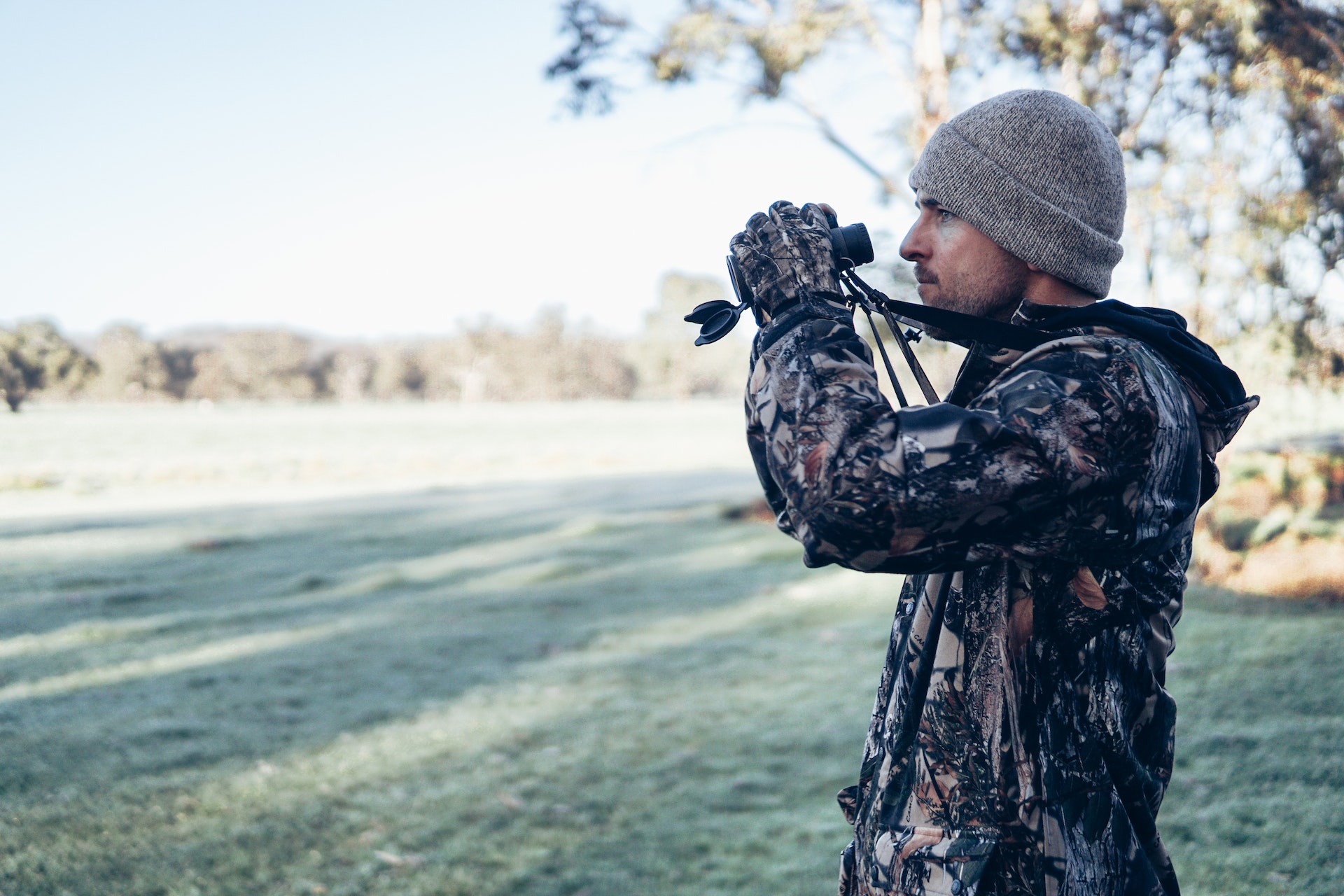
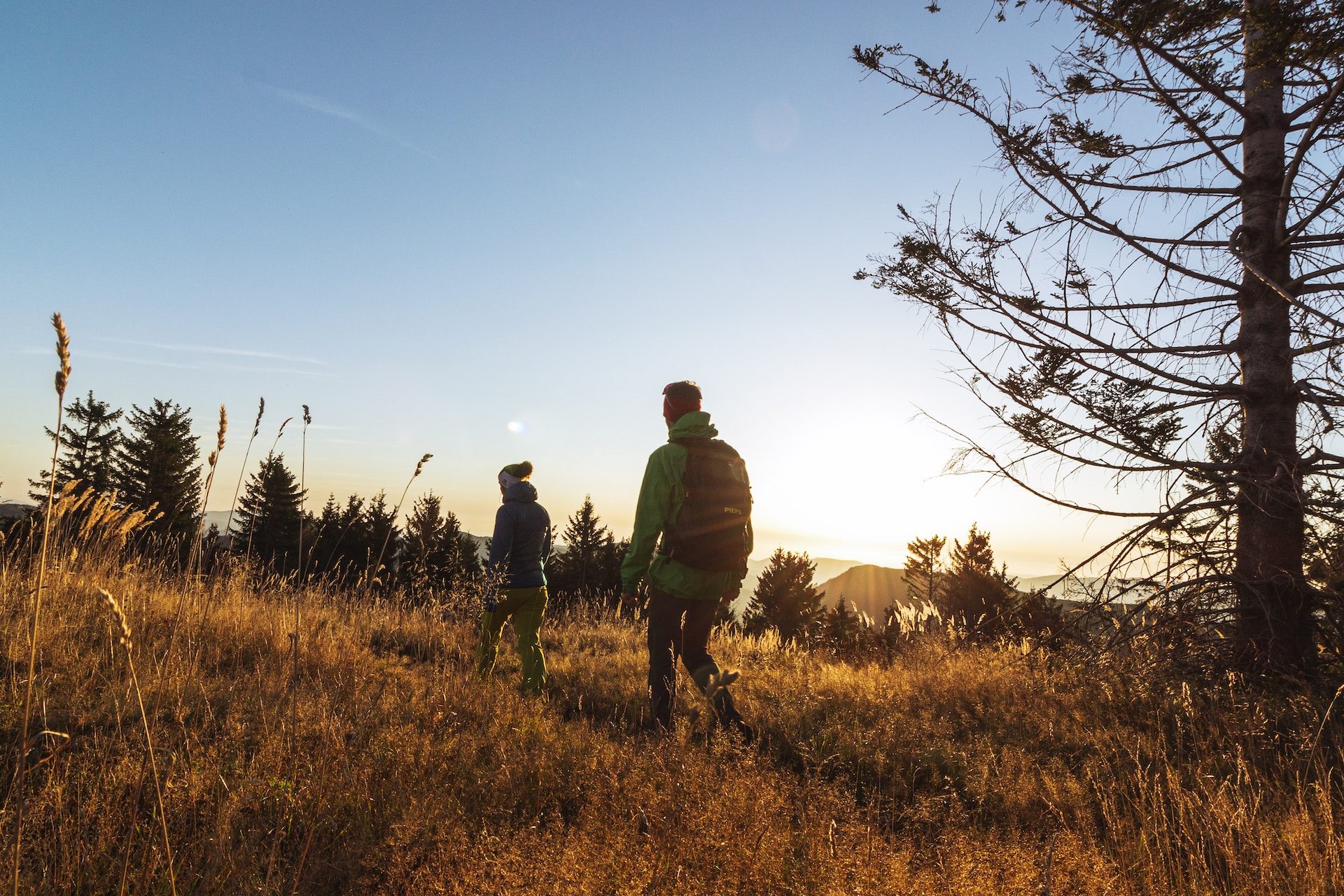
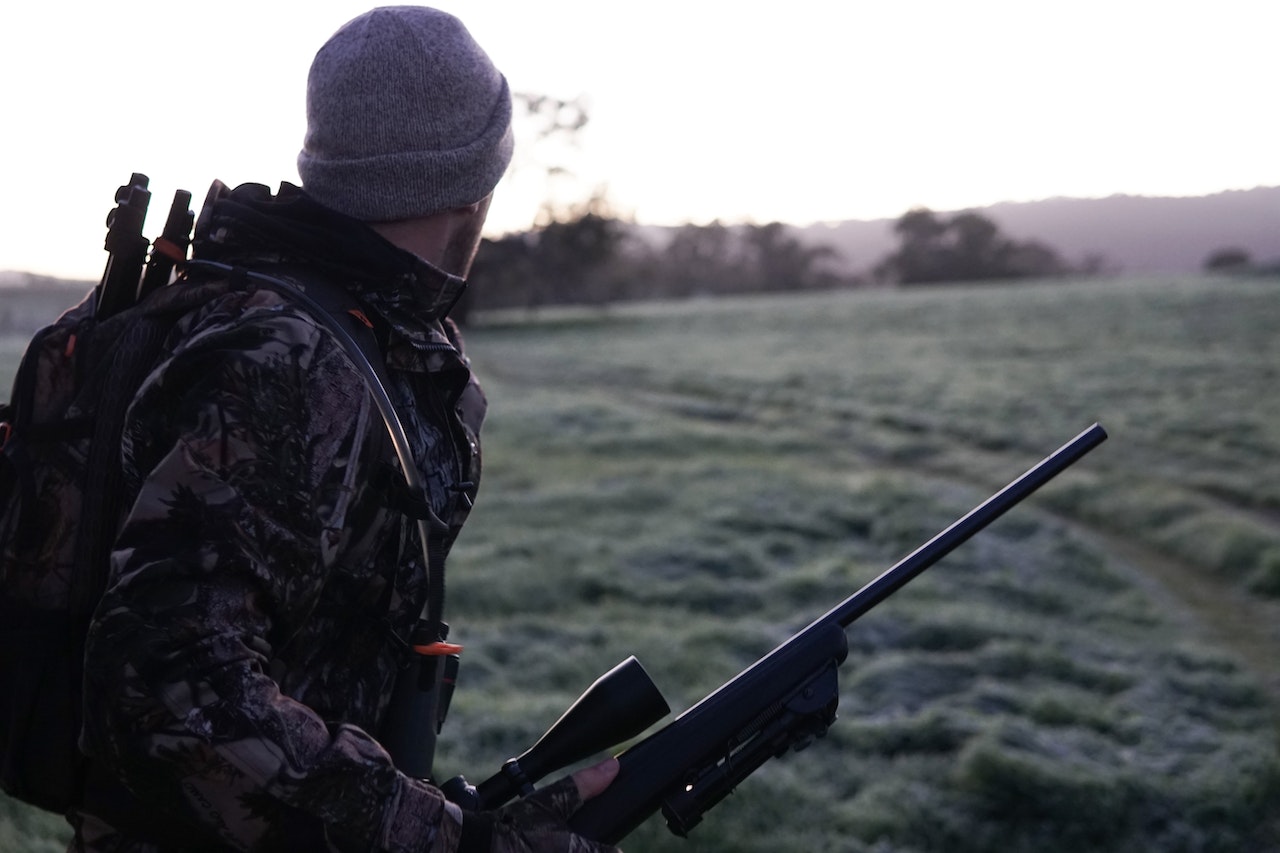

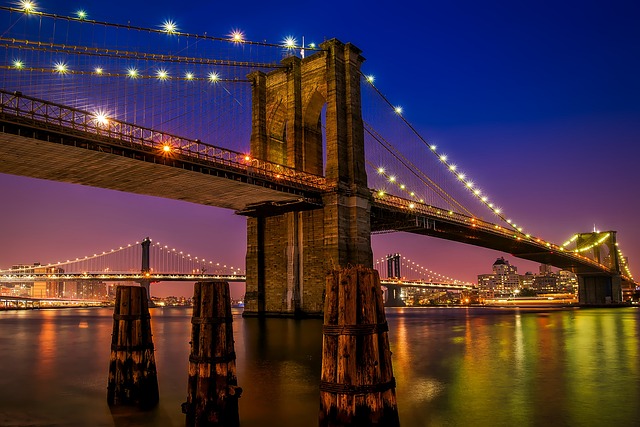
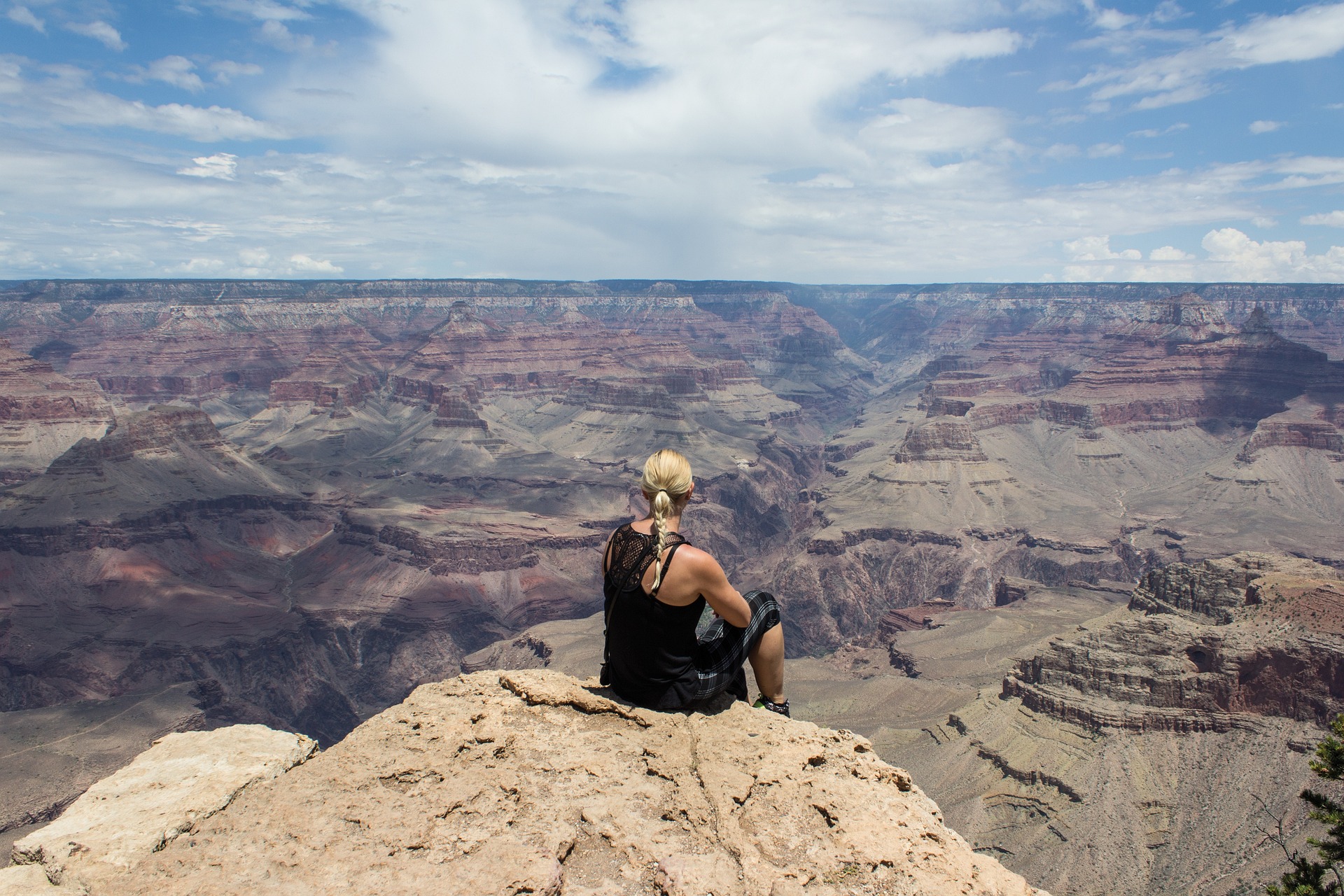
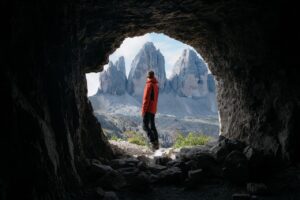 The Grand Canyon is mostly known for its breathtaking views and awe-inspiring landscapes, but did you know it’s also home to numerous hidden caves? These underground caverns are scattered throughout the canyon, tucked away in remote corners and waiting to be discovered. Many of these caves were formed millions of years ago by the same geological forces that created the Grand Canyon itself. Over time, water and wind eroded the soft rock formations, leaving behind a network of tunnels and chambers beneath the surface. While some of these caves are easily accessible to hikers and explorers, others require specialized equipment or advanced skills to navigate safely. Some even contain ancient artifacts left behind by early human inhabitants or evidence of prehistoric animals that once roamed the region.
The Grand Canyon is mostly known for its breathtaking views and awe-inspiring landscapes, but did you know it’s also home to numerous hidden caves? These underground caverns are scattered throughout the canyon, tucked away in remote corners and waiting to be discovered. Many of these caves were formed millions of years ago by the same geological forces that created the Grand Canyon itself. Over time, water and wind eroded the soft rock formations, leaving behind a network of tunnels and chambers beneath the surface. While some of these caves are easily accessible to hikers and explorers, others require specialized equipment or advanced skills to navigate safely. Some even contain ancient artifacts left behind by early human inhabitants or evidence of prehistoric animals that once roamed the region.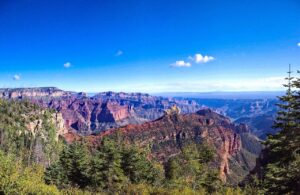 An interesting fact about the Grand Canyon is that temperatures can vary greatly depending on which rim you are visiting. The South Rim, which is more accessible and receives more visitors, has a milder climate throughout the year, with average temperatures ranging from 20-60 degrees Fahrenheit in winter and 60-80 degrees Fahrenheit in summer. On the other hand, the North Rim experiences colder temperatures due to its higher elevation of over 8,000 feet above sea level. Its average temperature during winter ranges from -5 to 25 degrees Fahrenheit, while in summer, it ranges from 50-75 degrees Fahrenheit. If you plan on hiking or camping within the park, it’s essential to check weather conditions for your specific location, as they can change rapidly. Packing accordingly with warm clothing layers and plenty of water regardless of which rim you visit is also important.
An interesting fact about the Grand Canyon is that temperatures can vary greatly depending on which rim you are visiting. The South Rim, which is more accessible and receives more visitors, has a milder climate throughout the year, with average temperatures ranging from 20-60 degrees Fahrenheit in winter and 60-80 degrees Fahrenheit in summer. On the other hand, the North Rim experiences colder temperatures due to its higher elevation of over 8,000 feet above sea level. Its average temperature during winter ranges from -5 to 25 degrees Fahrenheit, while in summer, it ranges from 50-75 degrees Fahrenheit. If you plan on hiking or camping within the park, it’s essential to check weather conditions for your specific location, as they can change rapidly. Packing accordingly with warm clothing layers and plenty of water regardless of which rim you visit is also important.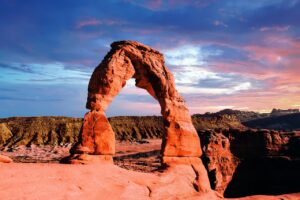 The Grand Canyon is known to be one of the most beautiful and inspiring natural wonders in the world. But did you know that it was carved millions of years ago? Yes, you read that right! The Grand Canyon has been around for a very long time. It all started around 6 million years ago when the Colorado River began to carve its way through
The Grand Canyon is known to be one of the most beautiful and inspiring natural wonders in the world. But did you know that it was carved millions of years ago? Yes, you read that right! The Grand Canyon has been around for a very long time. It all started around 6 million years ago when the Colorado River began to carve its way through